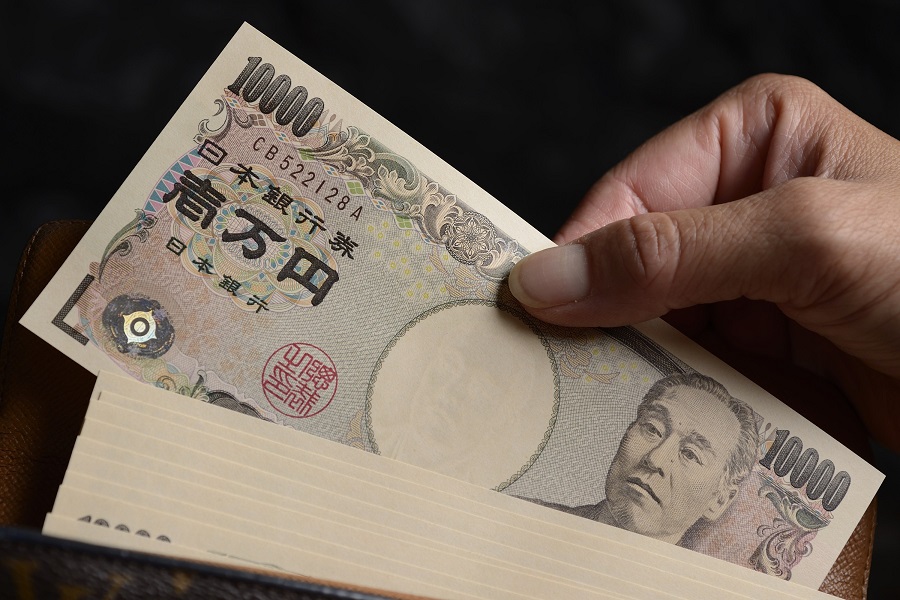Why has the yen been so weak?
Once again, Japanese policymakers are becoming frustrated by the weakness in the yen. Intervention could be just around the corner but, if past experience is anything to go by it won’t make much difference. Nonetheless, long-term redemption may be looming on the horizon.

Once again, Japanese policymakers are becoming frustrated by the weakness in the yen.
Why has the yen been so weak? To answer this, we have to bear in mind that the yen has fallen by around two-and-a-half times in real effective terms since the peak in 1995. That’s a big decline over the past thirty years, but it only reverses the two-and-a-half-fold increase in the yen that had happened over the prior twenty-five years.
In simple terms, the yen has enjoyed a quarter of a century of strength since the advent of floating exchange rates, followed by over a quarter of a century of weakness. Of course, there have been times during the post-1995 slide when the yen has rallied, but it has been temporary. All this suggests to us that the key is not just explaining why the yen is weak at the moment, but why it has been falling for thirty years. One explanation that is usually cited is that Japan has very low interest rates, which make it unattractive to hold, but very attractive as a funding currency for the carry trade.
While it is true that policy rates tumbled back in the early-to-mid 1990s, there are two points we’d make that suggest this might not be the real reason for yen weakness. One is that the Swiss National Bank has been forced into a very similar rate reduction for a considerable period of time but its effective exchange rate has been rising while Japan’s has been falling.
Secondly, it is not as if investors eschew the franc as a funding currency for the carry trade. Data from the CFTC, for instance, shows that non-commercial traders typically hold short Swiss franc positions as well as short-yen positions; both of which are likely to reflect the use of these currencies as funding currencies for the carry trade.
If interest rates and the carry trade are not fundamental to the weakness of the yen, what is, and can the Japanese authorities do anything to stop the slide in the currency? Steven Barrow, Head of Standard Bank G10 Strategy, said there would be arguably two factors that have played a role in these long-run ups and downs in the yen. The first relates to productivity and the second to debasement.
On the first, there’s pretty clear evidence that Japan experienced a relative productivity boom in the 1970s and 80s as the country industrialised and grew its trade surplus. This was associated with a rise in the yen and explained by the so-called Balassa-Samuelson effect which argues that productivity in tradeable goods lifts wages in the non-tradeable sector as well, with the resultant rise in prices appreciating the real exchange rate. But this effect has worked in reverse since the 1990s as productivity has slowed notably relative, not just to fast-growers like the US, but also relative to Switzerland which may help explain the differing trends in the yen and franc. This suggests that a key to longer-term yen strength is improving productivity. Could productivity rise? It might, given that rising wage growth in Japan in recent years will likely force firms to extract greater productivity out of the workforce.
The second key factor in Steven Barrow’s view has been debasement. Government debt has surged following the explosion of the stock and housing bubble in the early 1990s. The central bank has accommodated this debt build up with the BoJ now owning around a half of the JGB market. Inflation might not have surged uncontrollably but the scourge of debasement is never far away. In addition, the BoJ’s bond buys frees up more cash for the private sector – which seems to be largely invested abroad, not at home. But is this story too starting to run a little thin?
“The BoJ has certainly passed peak asset holding and will likely take other steps in the future to reduce its dominance. That too, could help turn the tide for the yen and, if all else fails, there is always FX intervention. Hence, in broad terms, we think that the yen’s real effective exchange rate is around as low as it is likely to go and hence could be a rewarding buy for those with long horizons”, said Steven Barrow.








